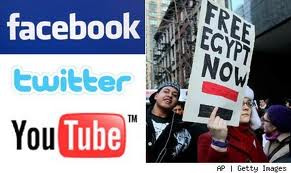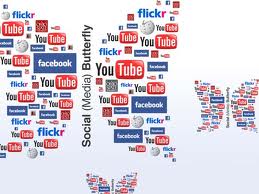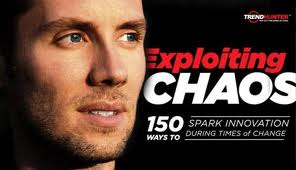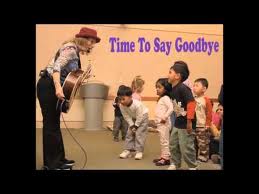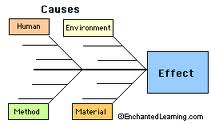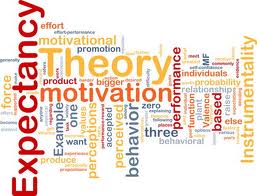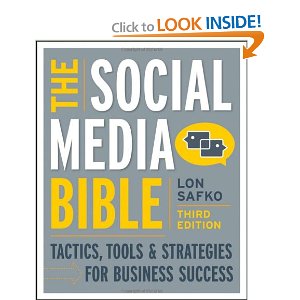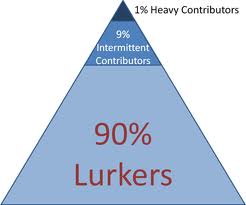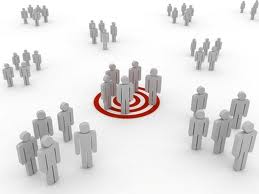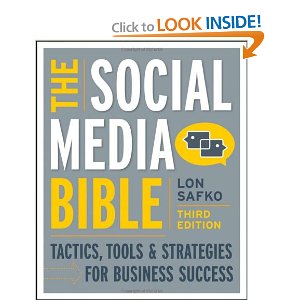Named after the mp3 player that changed the world – the iPod – podcasts have become a big business when it comes to social media. In fact, there are entire networks dedicated to producing audio and video content for people to enjoy.
For those of you who may be unfamiliar with this media format, a podcast defined as: A multimedia digital file made available on the Internet for downloading to a portable media player, computer, etc.
How can podcasts fit into your agencies social media plan? Let’s take a look.
Why Podcasts
What makes podcasting attractive to a person visiting your site is that it is a different type of media to consume. Blogs and photos are good, but sometimes more can be said through and audio interview or short video. People like variety and providing podcasts, gives a website visitor an opportunity to choose how they will receive their information. Furthermore, by consistently publishing podcasts, you can build an audience that follows your organization on a regular basis as opposed to just checking in from time to time.
What to Podcast
Really the topics for podcasts are pretty endless; but choosing the right ones will allow you to use the features of the format in the best way possible. Here are a few ideas of what you can podcast about:
- Interviewing Board Members – let people know who they are and why they are involved in your organization
- Special Event Planning – in the weeks before an event, showing people the progress that is being made can help hype up the event
- Discuss Issues Surrounding Your Mission – remind people why your mission is so important. Discuss things that are happening in the news that impact your progress in fulfilling it.
- Volunteer Spotlight – interview a select volunteer, highlight their work and show people why volunteering for your organization is worthwhile.
The nice thing about producing podcasts is that there is no standard length requirement. Your podcast can be anywhere from five minutes to more than two hours in length. This can allow you to have a focused podcasts on just one subject or include a variety of topics.
How to Podcast
Well the good news is, you don’t really need much to get started. As your content grows, you may need more sophisticated equipment, but to get things going you really just need a computer and a microphone. There is free software called audacity that
will record and edit audio recordings. If you are looking to get into video podcasting, you will need a video camera that shoots in high definition and video editing software. Most computers come with a program already included such as Windows Movie Maker or iMovie.
For a more detailed look at how to get started, check out this Digital Trends article.
Sharing Your Podcast
One of the easiest ways to get your podcast seen or heard by the masses is to publish it on iTunes. Lots of people use iTunes as their media manager and it makes finding podcasts easy. Also, by publishing to iTunes, you can use their RSS feed and post it on your website so that people can see the latest episodes there as well. If you decide to make video podcasts, I suggest publishing episodes to your YouTube channel as well.
Podcasts are a different form of media and will take time to develop. However, if you have the resources to create one, it is a great way to offer different content to your organization’s audience. By providing yet another way for people to be informed about what is going on in your agency, you can gain exposure to a whole new group of people.
Has your organization tried podcasting before? Have any tips and tricks to share? Let us know in the comments below!





